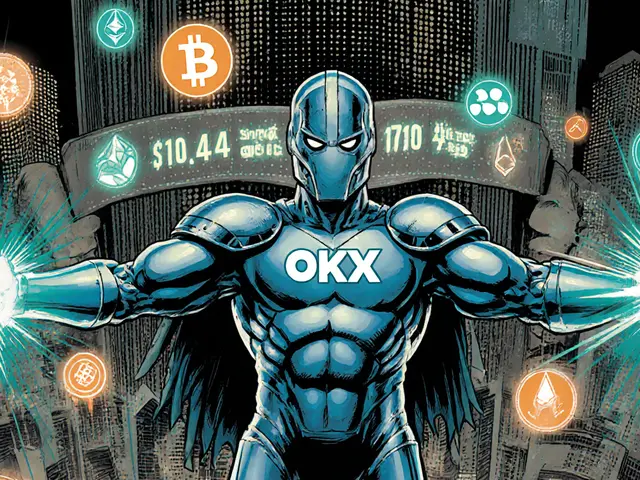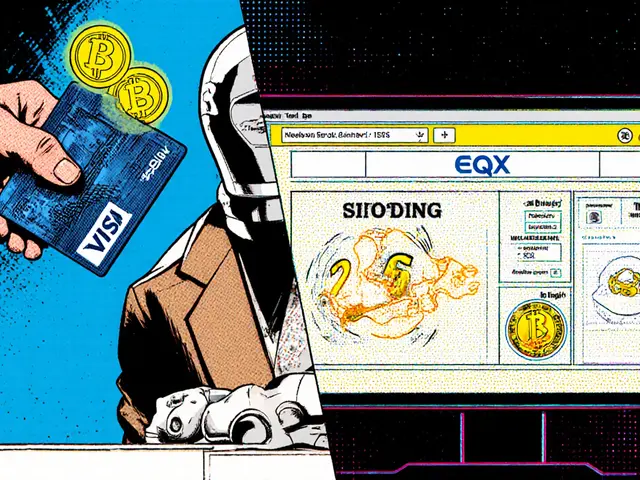Ethereum State: How the Blockchain Tracks Balance, Contracts, and Changes
When you send ETH, deploy a smart contract, or trade a token on Ethereum, you’re not just sending data—you’re changing the Ethereum state, the complete, real-time record of every account balance, contract code, and storage slot on the network. Also known as global state, it’s the single source of truth that makes Ethereum work like a decentralized computer. Unlike Bitcoin, which only tracks unspent coins, Ethereum tracks who owns what, what code is running, and where data is stored—all at once, every second.
This state isn’t stored in one place. It’s built using a Merkle-Patricia tree, a specialized data structure that efficiently organizes and verifies Ethereum’s constantly changing data. Think of it like a digital filing system that can instantly prove whether your ETH balance is correct, without downloading the whole blockchain. Every change—whether it’s a transfer, a contract call, or a new NFT mint—updates this tree. And because it’s cryptographically secured, no one can fake a balance or alter contract behavior without being caught.
The Ethereum state also includes smart contract storage, the private data each contract keeps, like token supplies, game scores, or lending terms. This is what lets DeFi protocols hold billions in locked funds and NFT marketplaces track ownership without central servers. If the state gets corrupted, the whole network breaks. That’s why nodes constantly verify it, and why upgrades like the Merge and future stateless clients are so important—they’re trying to make the state lighter, faster, and more secure.
What you’ll find in the posts below isn’t just theory. You’ll see how this state powers real projects—from how Bitcoin’s simpler model compares to Ethereum’s complex tree structure, to why failed tokens like Matrix SmartChain couldn’t sustain their state, and how modular chains like Celestia are changing how we think about data storage. Whether you’re tracking airdrop eligibility, debugging a failed transaction, or just wondering how your wallet knows your balance, it all comes back to this one thing: the Ethereum state.






